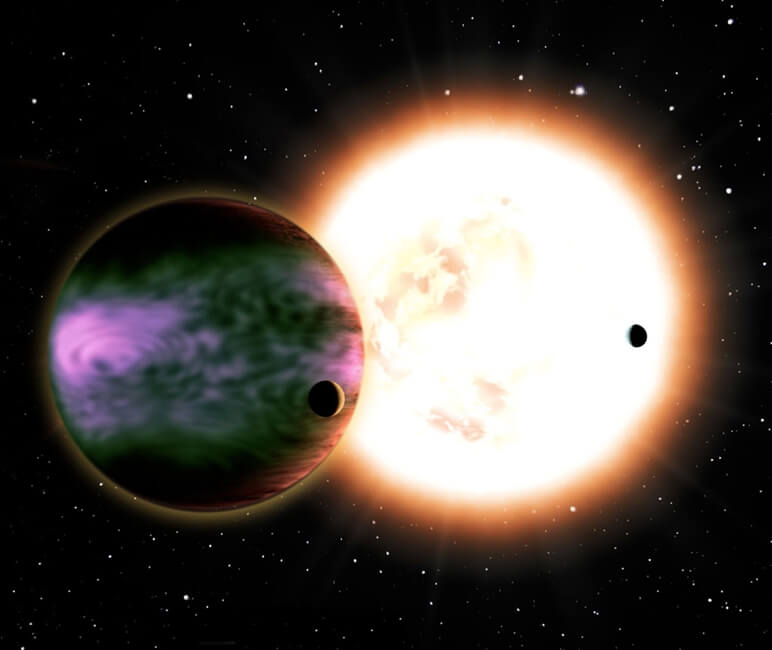The research collaboration is led by Prof. Stephen Hawking, whose people chose the next generation of the computing system with shared memory SGI UV

The supercomputing giant, SGI has announced that Stephen Hawking's and Miracle's COSMOS Consortium (University College London) has selected SGI as a preferred technology partner for their shared memory array, as part of the Dirac Atom Research Collaboration.
This is a continuation of the national effort carried out by Prof. Hawking's Cosmos Consortium, based on research at the University of Cambridge.
This announcement extends the long-standing ties between SGI and the Cosmos Consortium, and will enable these multidisciplinary organizations to solve some of the most complex computing challenges of our time, and to find answers to the most significant questions.
The Dirac HPC cooperative stated that this shared memory machine is one of its highest preferences. The funding for the equipment is planned as part of a 158 million pound investment in computing infrastructure funded by the British government.
"The collaboration with SGI will allow researchers using the COSMOS supercomputer throughout the UK to advance the ambitious program of studying the universe and planets outside the solar system," said Prof. Paul Shelard, director of the Center for Theoretical Cosmology at the University of Cambridge. "The incredible flexibility and scalability of this next-generation high-performance computing solution from SGI accelerates our work with exploiting large data sets and tracking complex simulations."
The latest SGI UV system selected will include 1,856 cores of Intel Xeon processors and 14.8 terabytes of shared cache memory.
Intel provides this configuration with up to 32 MIC co-processors ("many integrated cores"), and the system will include the latest NUMAlink6 connectivity technology, which has been adapted to data access with very low latency, as well as fast communication for general uses.
Israel Weinman, director of SGI activities at TNN, SGI's representative in Israel, points out that the choice of SGI's shared memory platform was promoted by the consortium's need to make it easier for researchers to run computationally intensive problems and speed up the time to receive solutions in this rapidly advancing field.
The Cosmos supercomputer will be a Shared Memory Node within the Dirac HPC site. The supercomputer will serve the computing needs of cosmologists and astrophysicists in the UK, and upon delivery will be the largest system of its kind in Europe and the world's first SMP system enabled with Intel MIC technology.

2 תגובות
SGI is the name of a company (previously called Silicon Graphics)
Why is it so obvious to the author/translator of the article that the readers know what SGI is?